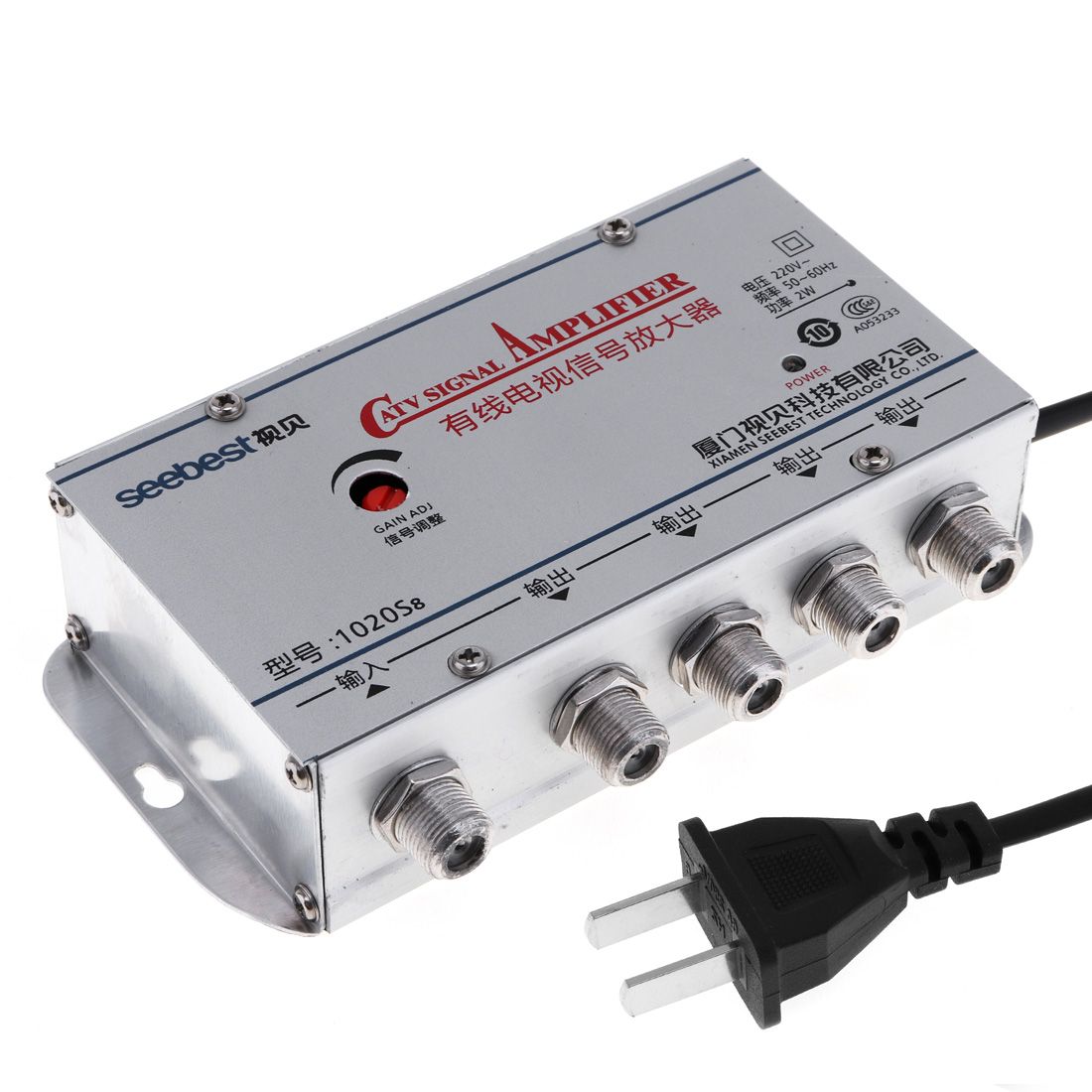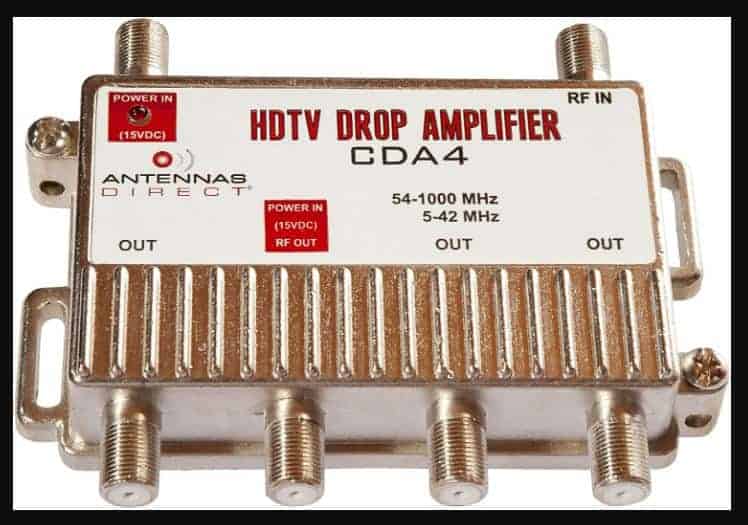

After all, there’s no point wasting time trying to get weak stations if all your favorite shows are on strong ones. Your next step is to figure out which stations you want to watch. If you’re putting up an external antenna, one side of your roof might bring in nothing while the other side provides perfect reception. Moving an antenna just a little to one side or up and down a window can have a big effect on reception. In some areas, especially in cities or areas with lots of hills, signals can bounce off obstacles like buildings and cause interference, trees can grow leaves in the spring and block stations you got fine in the winter, and atmospheric conditions can alter the way signals reach your house.


The information garnered from sites like Rabbit Ears will provide a strong indication of what should work, but there are other variables at work. Predicting which antenna will work with certainty is almost impossible. The Winegard Elite 7550 can be installed on a rooftop outdoors or inside your attic, if your home has one.

This service pairs the FCC’s broadcast TV database with topographical maps to give you a detailed estimation of which signals will reach your house and how strong those signals will be.Ĭlick “Go” and you’ll get something like this in return: Point your browser to the website Rabbit Ears to find the broadcast channels available where you live. Figure out which type of antenna you needĪs a rule of thumb, indoor antennas are suitable for areas with strong or very strong signals, attic/outdoor antennas work in areas of medium signal strength, and larger outdoor antennas are best for areas surrounded by weak signals.Choose which channels you want to watch.
#Best tv signal amplifier how to#


 0 kommentar(er)
0 kommentar(er)
